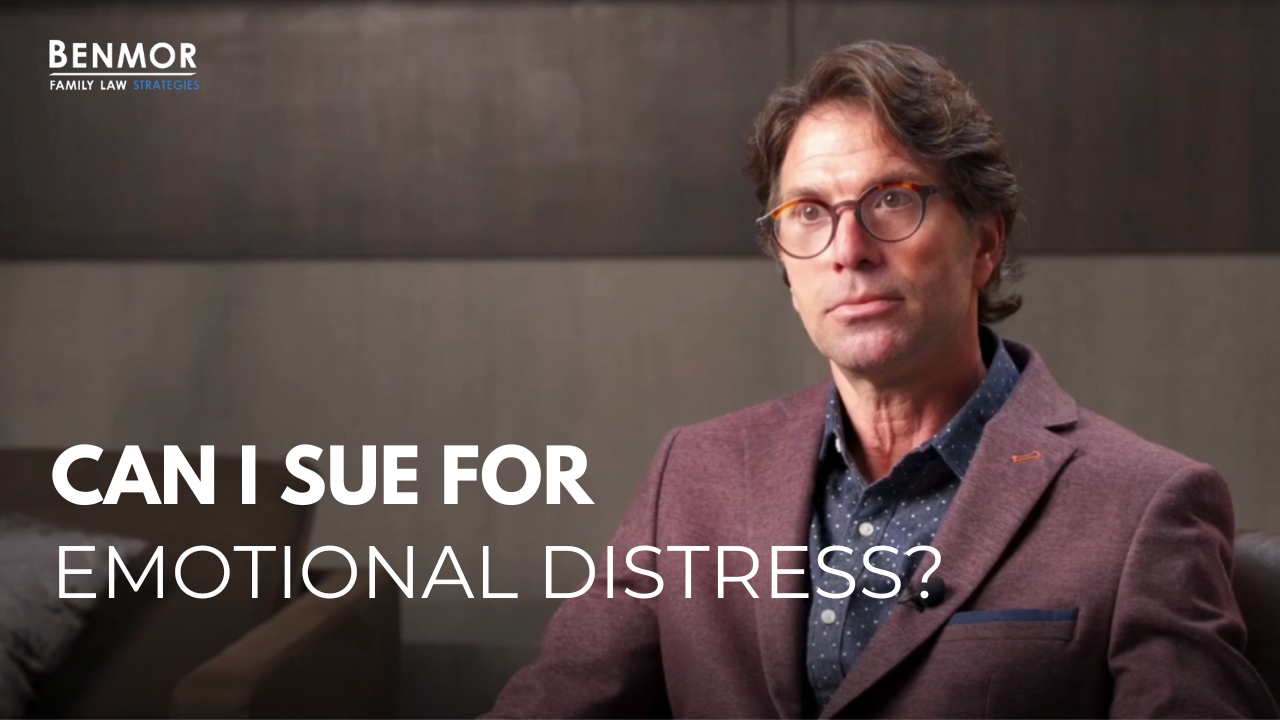Life is often likened to a tapestry, each thread intricately woven to create a distinctive and multifaceted narrative. Within this tapestry, there are moments of joy and fulfillment, but occasionally, darker strands intertwine, reflecting experiences laden with emotional distress. When one finds themselves ensnared by a company’s negligence or wrongdoing, the question arises: can I sue a company for emotional distress? This inquiry warrants contemplation, as the pathway to legal recourse can be as convoluted as navigating a crowded maze.
Emotional distress, often termed as “mental anguish” or “emotional harm,” embodies a constellation of psychological symptoms. These may range from anxiety, depression, and insomnia to more profound impacts affecting one’s daily life. Unlike physical injuries, which can be measured and quantified with medical reports and imaging, demonstrating emotional harm presents a stark challenge, akin to capturing the ephemeral beauty of a sunset on a canvas, where colors blend yet elude palpability.
To embark on the quest for legal compensation, one must first understand the legal framework surrounding emotional distress claims. Generally, there are two principal forms under which these claims are categorized: intentional infliction of emotional distress and negligent infliction of emotional distress. The former necessitates proving that a company’s conduct was not only outrageous but also intended to cause distress. This is akin to a storm intentionally brewing, where the atmospheric conditions are manipulated to create chaos. On the other hand, negligent infliction requires demonstrating that a company acted below the standard of care expected in its duty to the public, inadvertently causing emotional turmoil—much like a fog rolling in that obscures one’s path without malice.
When deliberating whether to pursue a claim, it is paramount to consider the nuances of what constitutes ‘outrageous’ behavior. Courts typically view this through a lens of societal norms and expectations. If a company engages in conduct that is egregiously intolerable, such as harassment, blatant discrimination, or gross negligence, the threshold for emotional distress may be met. Conversely, if a customer merely experiences dissatisfaction in service without deeper implications, the threshold will likely remain out of reach—much like trying to apply paint to a canvas that has yet to be primed.
But how does one substantiate claims of emotional distress? Evidence plays a quintessential role, ranging from documented communications and photographs to witness testimonies and expert evaluations. Moreover, mental health professionals can provide crucial insights, illustrating the psychological impact suffered. Such evidence is indispensable in articulating your experience and delineating the effects of the company’s actions. This evidence serves as the thread that binds personal experiences to legal opportunities, stitching together a compelling narrative to present before the court.
Another critical element in pursuing an emotional distress claim against a company is understanding the statute of limitations. Just as one cannot linger too long in a beautiful location before it fades away, the legal window to initiate such claims is time-sensitive. Depending on the jurisdiction, the time allowed to file may vary—typically ranging from one to three years. Therefore, time becomes an essential coordinate in navigating the landscape of legal action, emphasizing the need for timely interventions.
It is worth noting that emotional distress claims can also coexist with other legal claims. For instance, if a consumer suffers emotional harm due to a defective product, they could pursue both product liability and emotional distress claims simultaneously. This symbiotic relationship between different legal doctrines allows for a more robust approach, capturing a fuller representation of one’s grievances—akin to interlacing various colors in a loom to produce a richer tapestry.
Furthermore, seeking appropriate legal counsel is critical. Navigating the legal labyrinth requires an advocate skilled in the intricacies of tort law. An experienced attorney can elucidate the strengths and weaknesses of your case, guiding you through the maze of documentation, negotiation, and potential trial. They serve as both compass and shield, helping to protect your interests while articulating your claims effectively within the judicial system.
One must also prepare for the possibility of a settlement. Companies often prefer to resolve disputes amicably to avoid the prolonged exposure and unpredictability of court proceedings. Settlements can provide compensation without enduring the emotional toll of litigation, yet they necessitate careful evaluation. Ensure that any offer considers the full scope of your distress, both present and potential future implications, always remembering that the end of a legal battle does not equate to the end of the emotional journey.
Finally, the pursuit of emotional distress claims is emblematic of a larger societal endeavor—holding companies accountable for their actions. By confronting such grievances, individuals affirm their agency, echoing a collective declaration that emotional well-being bears equal weight to physical health in the grand narrative of justice. Just as a tapestry displays the wealth of experiences intertwining to form a cohesive story, seeking justice for emotional distress reinforces a commitment to humane treatment and accountability in our interactions with corporations.
In conclusion, while navigating the complexities inherent in suing a company for emotional distress may seem Herculean, it is a journey worth considering. With diligence, evidence, and expert guidance, you can potentially weave a narrative of resilience and accountability, ensuring that your voice resonates within the confines of legal standards. After all, just as the tapestry of life is meant to be cherished in its entirety, so too should our emotional stories be honored and protected.
